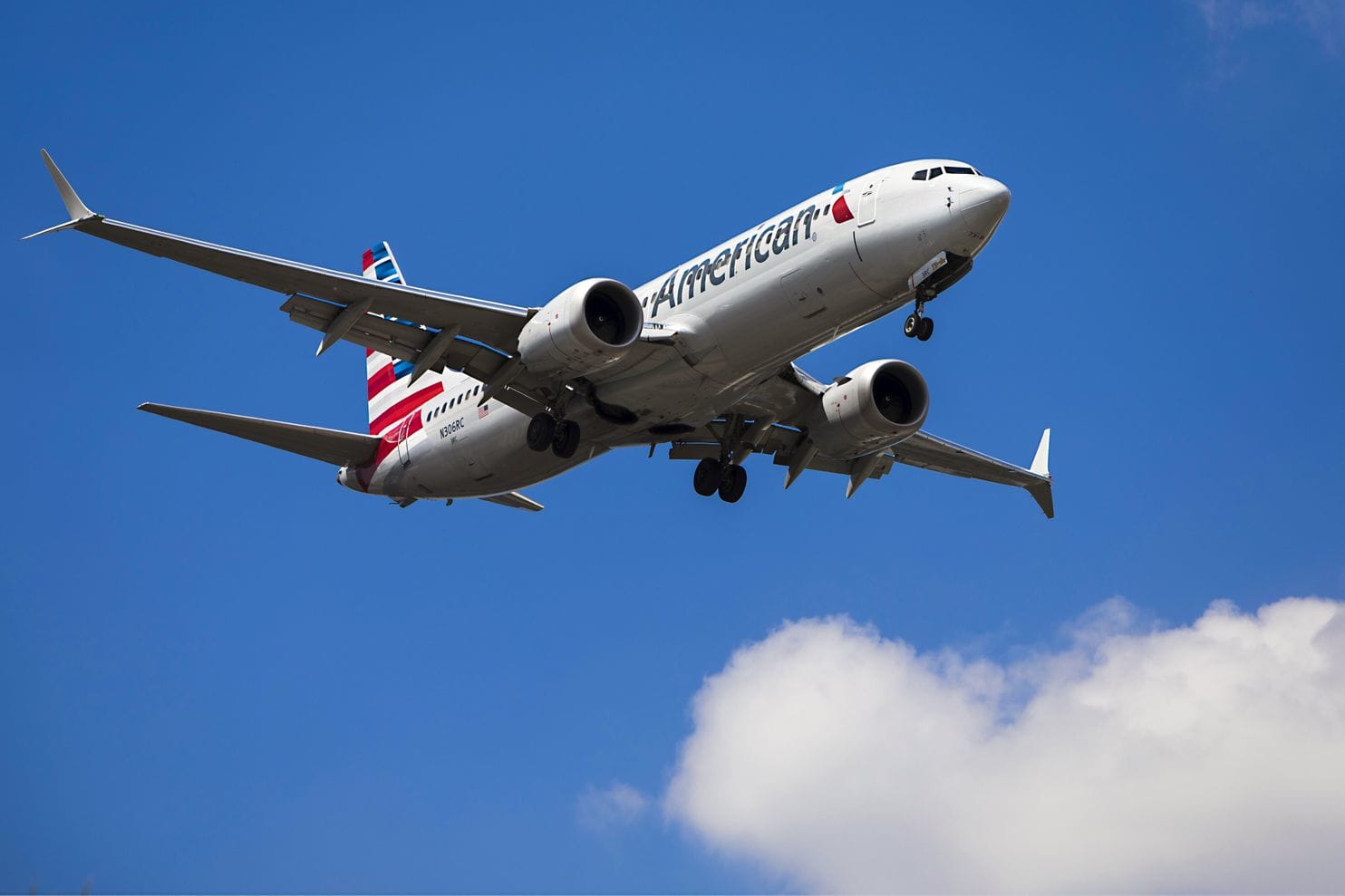
The recent crashes of B737 Max has shocked the world, what can possibly go wrong with the plane that has been manufactured by the company who has been a pioneer in Aviation industry.
The B737 Max planes, are just like any other B737 Next Generation planes, thousands of which are already in service with reputed airlines, and have been famously termed Work horses, and are loved all over the world by Aviation enthusiasts and passengers alike.
The Boeing 737, has similar systems whether it is 737 NG or 737 MAX, the only difference between apart from Bigger Engines, updated Software, about 3 tons heavier depending on the A/c variant.
Lets first understand how does an A/c fly first, the body of an Airplane is hollow, consisting of mostly aluminum components, holding each part together with rivets and other fixtures.
The body is kept stronger to withstand stresses and load factors, which an A/c can experience during flights, but the aim is also to keep it lighter to allow higher payloads to be carried.
The forward movement of the A/c is ensured only by Thrust supplied by the Engines, whether the A/c is on ground or in air.
The wings mounted on the Fuselage convert this forward motion into Lift, due to the curvature on the wings.
This curvature on wings causes difference in air pressures in air above and below the wings, resulting in useful Lift, which enables A/c to convert the forward movement into rise in an Altitude.
This is further adjusted by use of elevators, which allows A/c to point upwards or downwards, resulting in gain or loss in altitude.
This is basically a layman’s understanding of how an A/c flies, ofcourse there are many variations, and combinations involving deeper details than what is already explained, and is not as simple as is made to look in above paragraph.
Now lets understand, what are the main changes in 737 MAX, which brings us to MCAS.
Wherein MCAS stands for Maneuvering Characteristics Augmentation system.
The main feature of this system is to constantly detect angle of attack of the A/c nose, and if sensed too high, its primary work is to bring the A/c nose down to correct the reducing speed.
As per Boeing or for that matter, any major Airplane manufacturer, there are books published to operate the A/c.
These books are named FCOM/FCTM/AFM (Flight Crew Operations Manual/Flight Crew Training Manuals/ Airplane Flight Manual), and they explain almost everything a flight crew is required to know to be able to fly the plane.
The training in aviation is one of the most expensive features and one of the major cost of Pilots training is to train pilots to respect those limitations.
The Pilots are trained in Simulators and A/c to respect those limitations and keep flight within the envelope as advised by the Certification limits.
Every Airplane has a book each for both pilots, called QRH (Quick Reference Handbook), within reach of both pilots to be accessed by them in case of a malfunction, but then not all malfunctions have enough time to be addressed, and for this reason every airplane has a memory checklist, which a pilot has to remember without referring to the books.
They might not be many varying from 5-6, going up to 10-12 depending on the type of plane one is flying.
This is of course in addition to the Limitation of an Airplane which also needs to be memorized.
Now to summarize, every Airplane has a memory checklist, which every pilot must remember by heart and be able to perform it by memory without referring to the books.
In B737 NG, there has been a checklist for as long as I remember about Vertical movement of an Airplane.
IT is named Stabilizer Runaway, basically this Checklist has to be memorized and is named as a Memory item on B737 fleet.
This checklist advises the Flight crew to first disengage, Autopilot, then Auto throttle and then Stabilizer Trim Cutout Switches to control the Stabilizer, which is constantly running away in either direction, thereby changing the position of the elevator, forcing either the a/c nose up or down.
The same checklist further says, if required use the Stabilizer Control wheel and physically move it to control the A/c nose movement either up or down.
The lack of time for response could be a major attribution in the case of crashes of B737 MAX, and we can only speculate the events, till the time an Accident Investigation report is analysed and presented to the General Public.
